The Ministry offered £1000 pounds – a decent sum in the 1930s – to anyone who could invent a beam that could terminate a sheep from a distance of at least 100 yards.
Even more interesting is the fact that the discovery of radar was a consolation prize of sorts, with the primary goal of the research through which it was discovered being to produce a “death ray” – a goal that was, perhaps thankfully, never realized.
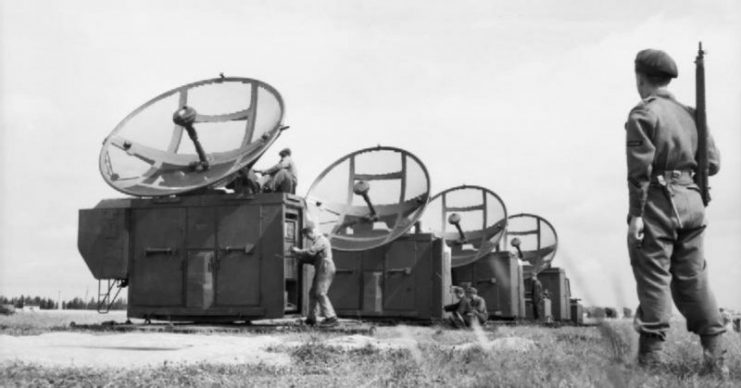
The 1930s was a volatile decade, and Britain found itself in a more precarious position than it had been for quite some time. Just across the water, Hitler’s Nazi Party had taken power, and Germany was building up its armaments and amassing an army in clear violation of the Peace Treaty of Versailles.
Aviation technology had been advancing in leaps and bounds since the First World War, in which aircraft had already shown tremendous military potential.
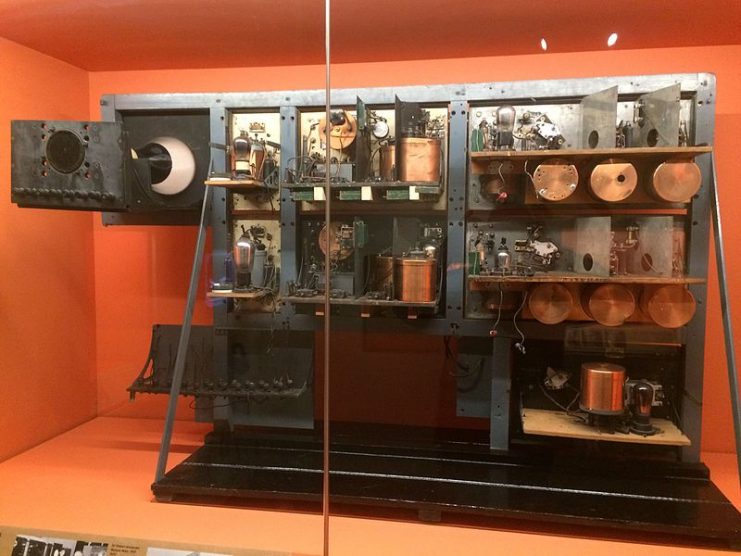
For centuries, Britain had been protected by virtue of being an island nation with the most powerful navy in the world. But suddenly, the country found itself in a very vulnerable position because aircraft had created a new threat to Britain’s home turf that neither the ocean nor the navy could counter.
Having already been bombed during the First World War by both airplanes and zeppelins, Britain’s Ministry of Defence knew that with current advances in aviation technology, Britain could be crippled by a concerted German aerial bombing campaign.
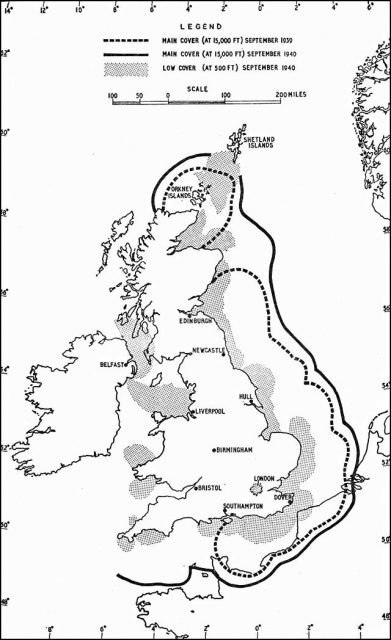
They realized that newer planes could fly higher than ground-based anti-aircraft guns could shoot, and they knew that Germany could produce more airplanes than Britain could. So the country needed a completely new and perhaps unorthodox way to defend the skies. As a result, the search for a “death ray” began.
As outlandish a concept as it perhaps sounds (with the immediate association being that of cheesy sci-fi pulp magazines), Britain’s Committee for the Scientific Survey of Air Defence (CSSAD), set up by the Air Ministry in 1934, was deadly serious.
They intended to develop a weapon that could either fry pilots in their planes from a distance, set off the bombs they were carrying, or shoot aircraft out of the sky from a great distance.
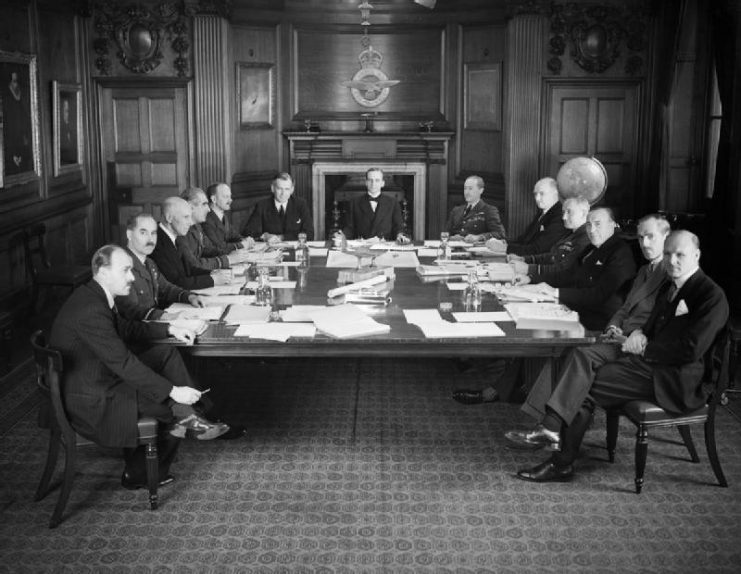
The idea of such a weapon hadn’t simply been conjured out of thin air. Throughout the mid-1930s, rumors had been circulating that the Nazis were working on – or had already developed – a “death ray.” This weapon was capable of burning entire cities to the ground or eliminating everyone in them in seconds.
Britain figured that if Germany had or was working on such a weapon, they’d better try to develop one too.
Also, the genius inventor Nikola Tesla claimed to have invented such a weapon, which transmitted beams of tremendously focused energy. He called it the Teleforce – but he never built a working prototype because of a lack of funding, and the plans for the Teleforce were lost after he passed on.
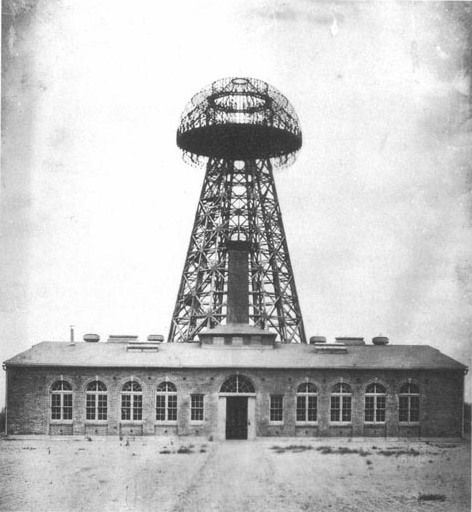
Another inventor, Harry Grindell-Matthews, claimed to have invented a “death ray” in 1924. He said that his death ray could not only cause airplanes to drop out of the sky, it could also cause gunpowder to explode as well as melt glass.
He later contacted the British Air Ministry, but they did not find his device to be feasible, and it was never produced.
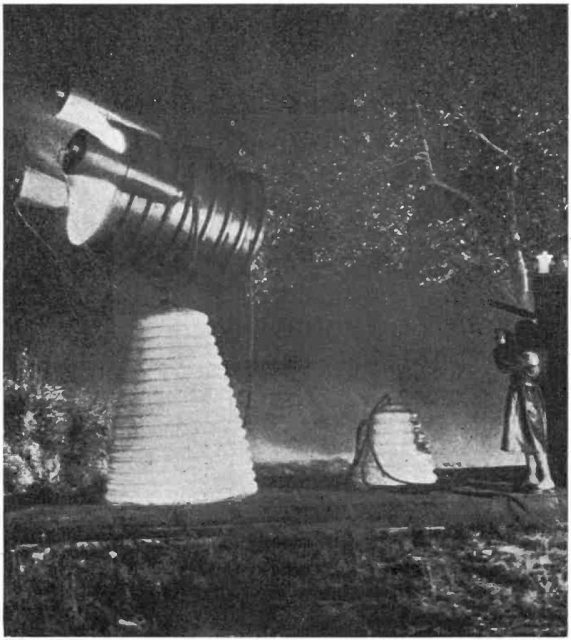
The CSSAD put together a team led by the acclaimed chemist Sir Henry Tizard to look into the feasibility of building an electromagnetic weapon or a particle beam that would perform the function of a “death ray” in order to protect Britain’s skies.
After much research, the team concluded that the construction of such a weapon would be impossible. With the research team having failed, the Air Ministry opened the search for a death ray up to the public.
The Ministry offered £1000 pounds – a decent sum in the 1930s – to anyone who could invent a beam that could terminate a sheep from a distance of at least 100 yards. Needless to say, the prize was never claimed.
Increasingly desperate, the Air Ministry contacted the British Radio Research Station. A team from there, headed by two men named Robert Watson-Watt and Arnold Wilkins, conducted some research and again concluded that such a weapon was impossible to build.
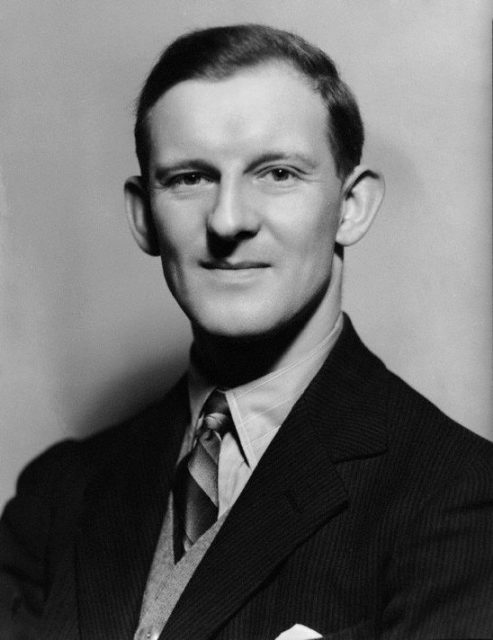
However, they reassured the Air Ministry that it was probably impossible that that Germans had managed to construct a death ray either.
While Watson-Watt and Wilkins were researching, they noted that radio signals from the BBC were frequently disturbed by aircraft flying near the masts. They began to wonder if radio signals could be used to detect incoming aircraft. If they couldn’t build a device to destroy an aircraft, they could at least make one that would warn of an airplane’s approach.
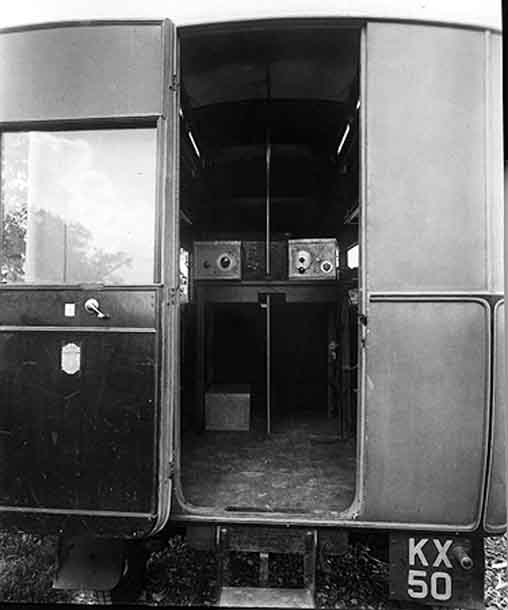
In February 1935, Watson-Watts and Wilkins presented a proposal for their aircraft detection system to the Air Ministry.
While the Air Ministry officials were initially skeptical, after a demonstration in which Watson-Watts and Wilkins tracked the movements of an airplane (represented by a glowing green line in a cathode-ray tube), the officials quickly changed their minds.
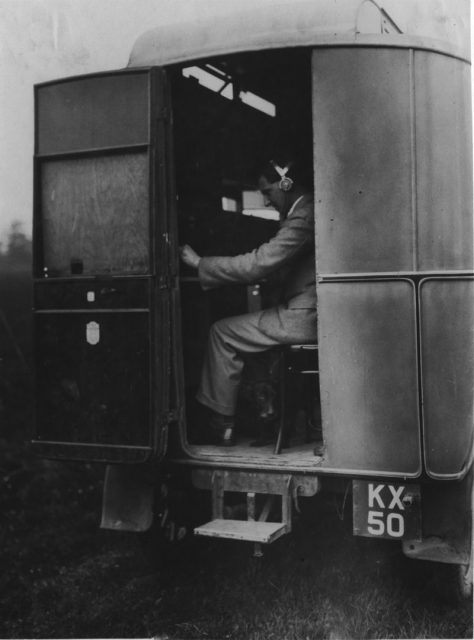
It wasn’t a death ray, but it was a brilliant system of detection that would enable the British to know that hostile aircraft were on their way well before they reached British skies. The new system was called Radio Detection Finding (RDF). It was crude at first but was greatly improved in 1940 with the invention of the resonant cavity magnetron.
Read another story from us: This Is What BBC Radio Would Have Broadcast In Case Of A Nuclear War
The new improved system was called Radio Detection and Ranging – shortened to “radar.” The use of radar greatly aided Britain in the Battle of Britain, by the end of which Germany had lost 1,184 aircraft.
Radar went on not only to change the course of the Second World War but also to profoundly alter the world for the decades afterward – and it all came from a search for a sci-fi-style death ray.
